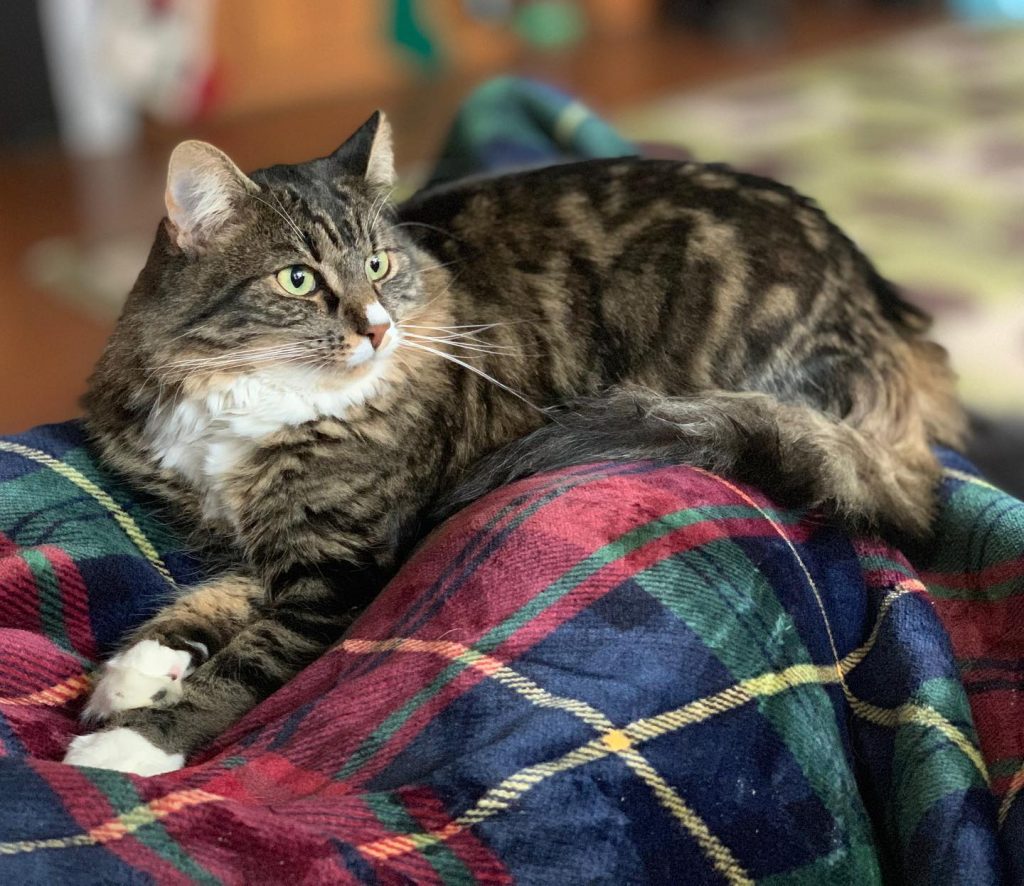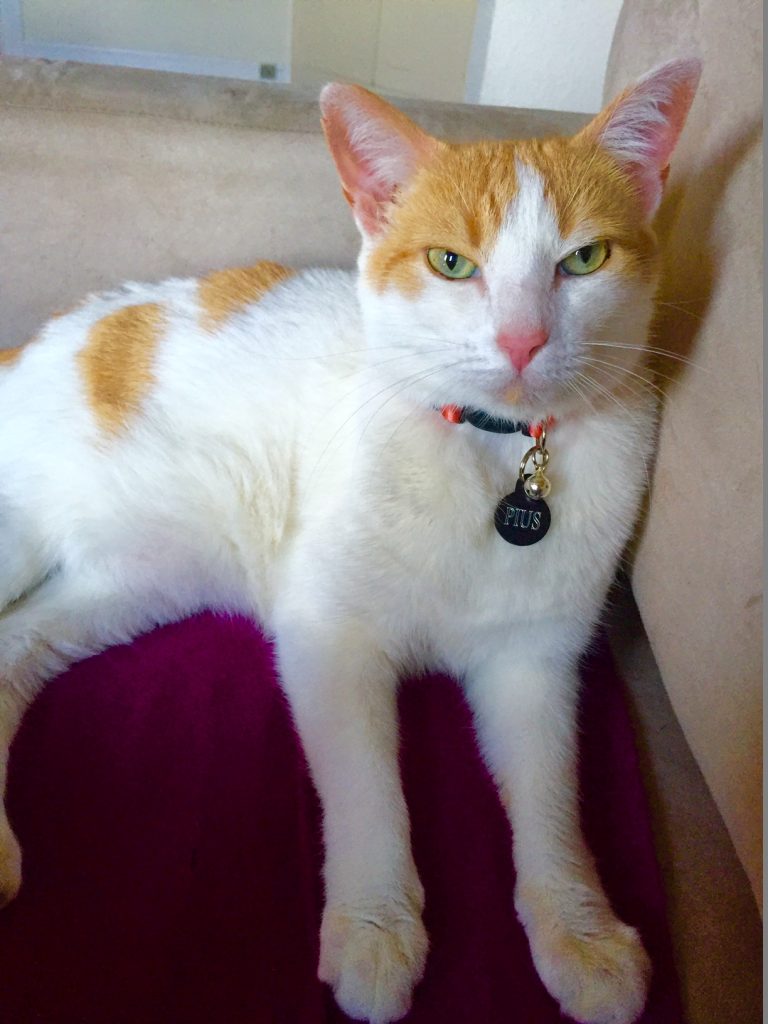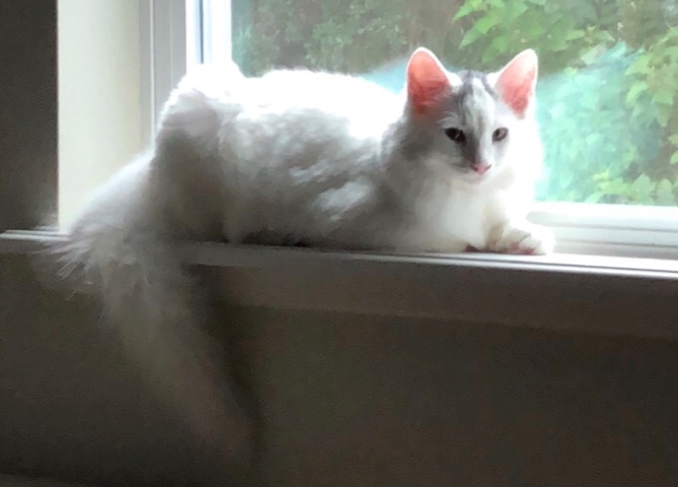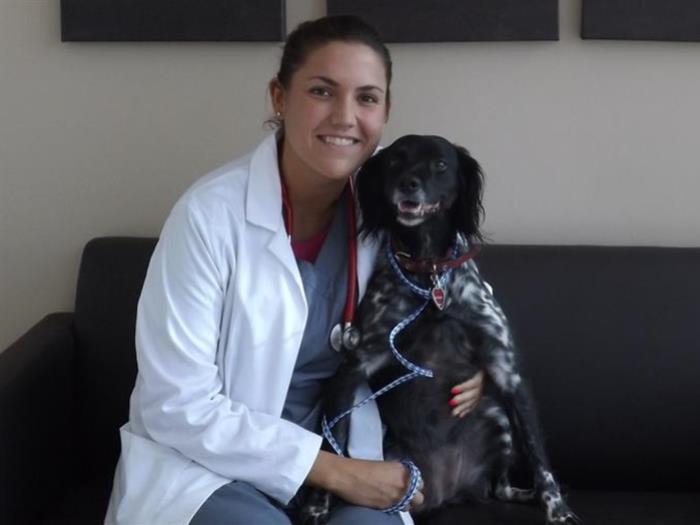Trinity Receives VetStem Cell Therapy for Feline Kidney Disease
Based on 15+ years of data, veterinarians primarily use VetStem Cell Therapy to treat dogs and horses. But cats have also benefited from stem cell therapy. In previous blogs, we have discussed stem cell therapy for various diseases in cats. For a good overview, read this blog.
VetStem Cell Therapy for Feline Kidney Disease
VetStem has processed nearly 400 feline fat samples to provide stem cells. Of these samples, over 50% have been for cats with kidney disease. Unfortunately, kidney failure may be the number one cause of sickness and death in older cats. Yet treatment options are limited and do not cure the disease.
Veterinarians have been treating feline kidney disease with VetStem Cell Therapy for over a decade. And we have seen some promising results! But nothing is as good as hearing about a kitty who experienced those results firsthand. This is Trinity’s story.
Symptoms, Diagnosis, and Treatment Plan
Trinity is a ragdoll cat who was diagnosed with renal failure when she was twelve years old. She had several symptoms including vomiting, not eating, lethargy, weakness, and weight loss. She was uninterested and spent a lot of time hiding. Her mom worked with several vets to find an effective treatment protocol for Trinity, but she continued to feel bad, and her blood kidney values kept going up.
Eventually, Trinity’s mom found Dr. Tamera Cole at The Animal Hospital at Steiner Ranch. Dr. Cole started Trinity on fluids and multiple medications to ease her symptoms and support her kidneys. Though Trinity’s mom noticed improvement, she continued to research additional treatment options.
Treatment with VetStem Cell Therapy
In her research, Trinity’s mom came across VetStem Cell Therapy and brought it up to Dr. Cole. Dr. Cole was already credentialed to perform the VetStem procedure and agreed that stem cell therapy may help Trinity.
She moved forward with the process and collected a sample of fat tissue from Trinity in a minimally invasive anesthetic procedure. The fat was processed at the VetStem laboratory and Trinity’s stem cells were extracted, concentrated, and divided into doses for treatment. Trinity received an intravenous dose of her own stem cells approximately 48 hours after the initial fat collection procedure. She went on to receive a second intravenous dose approximately two weeks later.
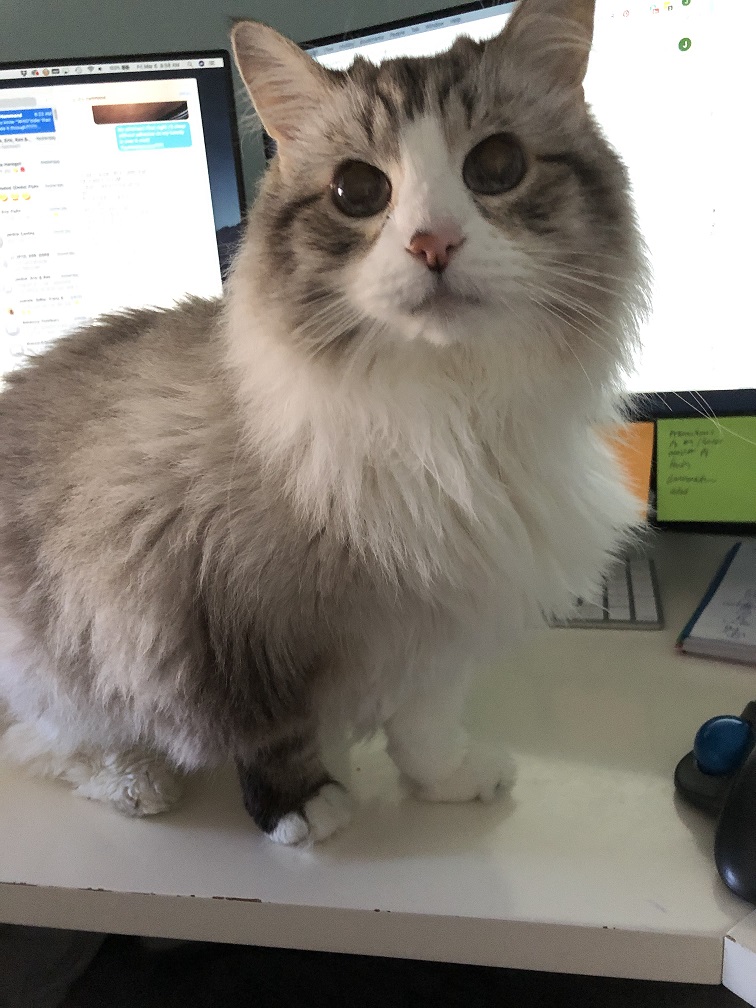
Trinity Gets Her Quality of Life Back
After stem cell therapy, Trinity’s owner maintained the previous treatment protocol with fluids and medications. Several months later, Dr. Cole tested Trinity’s blood work which showed no signs of kidney disease!
Her owner continued the treatment protocol and Trinity remained healthy, started eating again, and gained back all the weight she lost and more. Trinity’s mom stated, “I’m so thankful that I’ve been able to spend so many more years with Trinity. She is a continuous blessing in my life and as you can see from the picture, still shows up to work every day at my home office.”
Trinity is among several cats who have benefitted from VetStem Cell Therapy for kidney disease. Based upon data from a small number of feline patients treated with VetStem Cell Therapy, blood kidney values were slightly to moderately improved after treatment. More evaluation is necessary, however these preliminary results suggest that stem cell therapy may be a viable treatment option for cats with kidney disease.
If your cat is suffering with kidney disease, speak to your veterinarian or contact us to receive a list of VetStem providers in your area to determine if VetStem Cell Therapy may help your cat.

